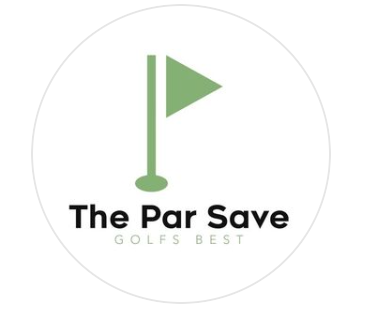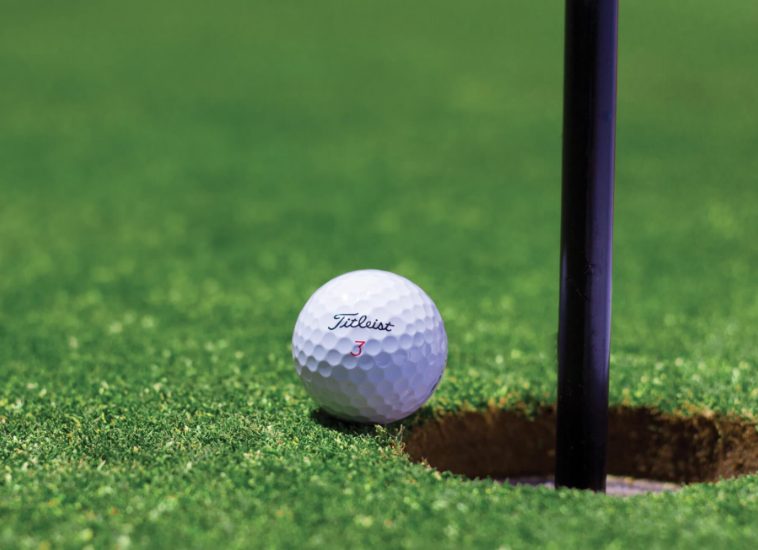Taking up golf? Let’s dive into what golf balls are best for beginner and high handicap golfers!
So, you want to take up golf in 2024? You’re in good company! Golf is one of the fastest growing sports in the world and is quickly becoming the preferred way to spend a crisp Saturday morning for many. Choosing a golf ball can seem overwhelming – for beginners and golfers with high handicaps, does the golf ball even matter? We’re going to break down what you should be looking for in a golf ball, and dive into which golf balls are best for beginners!
Generally speaking, the better you are at golf the more impact your ball choice has on your game. Does this mean the balls you choose when you begin learning golf don’t matter? Not necessarily. If you’re just looking to get out for a round with the boys every couple months, play any ball you find in the bushes. If you’re looking to improve your game, there are a few things you should be looking for. No ball will magically take 10 strokes off your round, but some are more beginner-friendly than others. Below we are going to dive into the pros and cons of certain balls, and lay out which balls are best for newbies.
To do that, we have to answer an important foundational question: What factors affect how the golf ball will perform? Spin rate, compression, and ball composition to name a few of the more important ones. For beginners or players with a high handicap, there are a few basics you’ll want to look for at a good price.
What should beginners be looking for in a golf ball?
Price – Price will be one of the biggest considerations when looking for the best golf balls for beginners. There are many low-mid price range golf balls that will do the job. Shelling out your money for a high-price golf ball simply isn’t worth it for beginners.
Spin – The rotation of a golf ball is responsible for its height and side-to-side movement. Increased spin can make your shots go higher, but may also lead to hooks or slices.
- Backspin: The ball spins backwards toward you
- Topspin: This is when the golf ball spins towards the target (not likely in golf)
- Sidespin: The golf ball spins from side to side (left to right or right to left).
Usually as you get better, you’ll want more spin. As a beginner, lean toward a ball with less spin for more consistent results – conveniently, they are more cost-effective.
Compression – Golf ball compression simply refers to how much the ball compresses when you hit it. Low compression golf balls need less swing speed for optimal compression, and high compression golf balls need more swing speed for optimal results.
Choosing the appropriate compression is important for a few reasons – while it won’t make or break your game, it will impact distance, spin rates, and control, affecting your overall performance.
Ball composition – There are 4 main types of golf balls on the market:
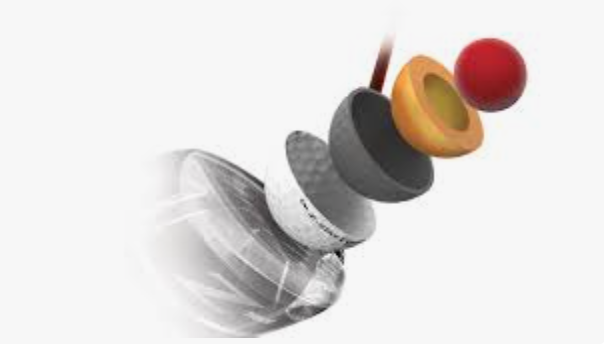
- Tour Performance (3-5 layers): These balls require high swing speeds to achieve optimal distance and spin. These are typically used by scratch golfers.
(Titliest Pro V1, Taylormade TP5, Callaway Chrome Soft)
- Tour Value (3-4 layers): This ball will have a lower compression and spin rating than the tour performance balls, as well as a cheaper price tag.
(Titleist Tour Speed, Taylormade Tour Response, Srixon Q-Star Tour)
- Straight Distance (2-3 layers): The core is large while the outer layer is thinner, making the ball ideal for golfers who are looking for maximum distance.
(Titleist Velocity, Bridgestone e12 Contact)
- Soft distance (2-3 layers): Golfers with slower swing speeds will benefit most from these balls, as they have the lowest compression rating. Less side-to-side spin and more distance should be expected for beginner golfers using this style of golf ball.
(Callaway Supersoft, Srixon Soft Feel)

Now that you know what to consider, here are our picks for the best golf balls for beginner golfers:
- Titleist TruFeel: This is the least expensive golf ball from golf’s premier ball brand – you can expect soft sound and feel, and great control. Unfortunately with heightened control you’ll find you get less driver distance at higher swing speeds.
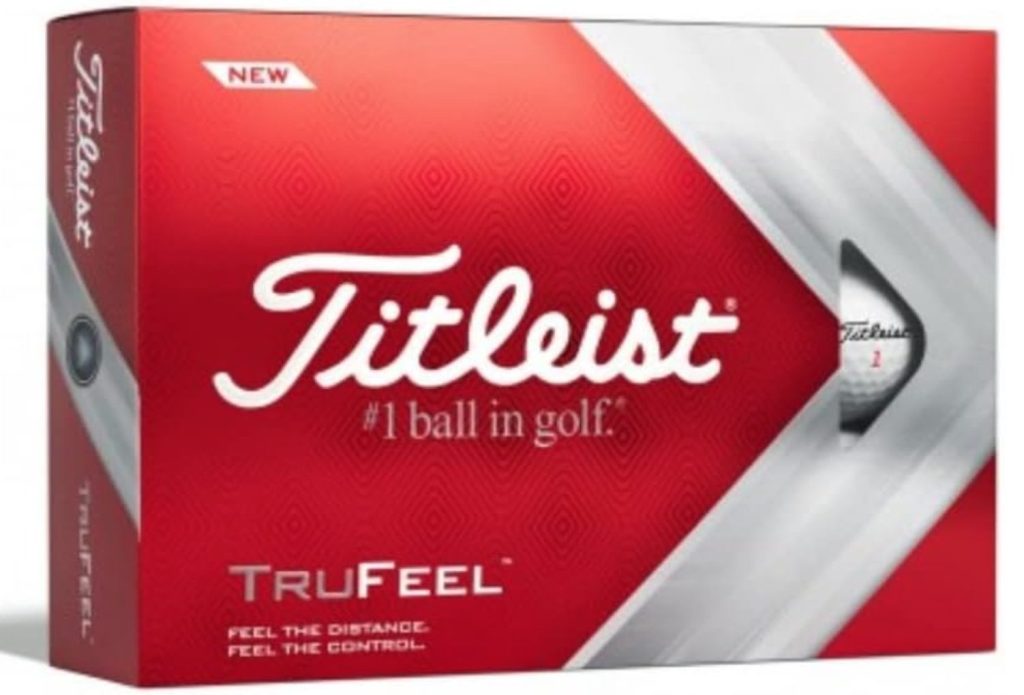
- Wilson Velocity Distance: Wilson has created a low-compression ball that will give you extreme distance, thanks to its hard ionomer cover material and aerodynamic dimple pattern – expect maximum distance and roll with this ball. This ball will rank among the best value balls on the market. If you’re a stickler for feel, you might not enjoy the hard cover around the green.
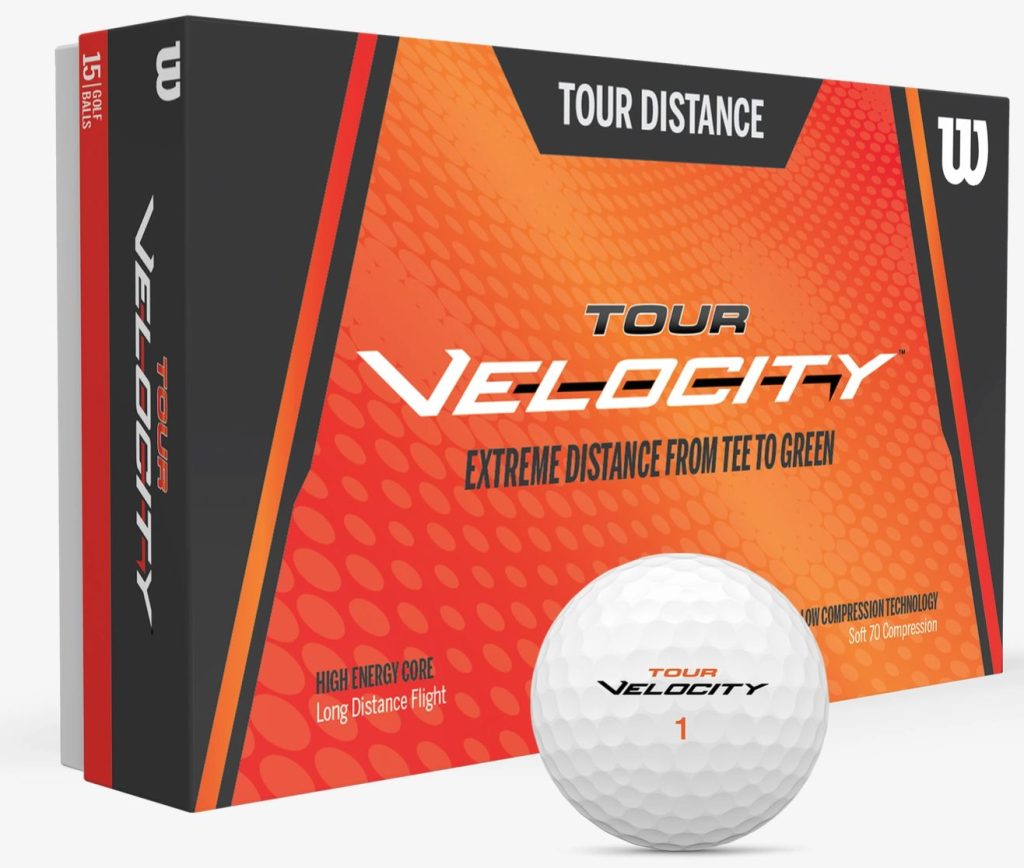
3. Callaway Warbird: The Warbird will give you impressive distance with a bit of greenside feel. For beginner golfers who struggle with ball flight, the Warbird has been proven to increase yardage, especially on iron shots into the greens. That being said, the thin and harder cover will detract from the amount of check and control you would expect on the greens.
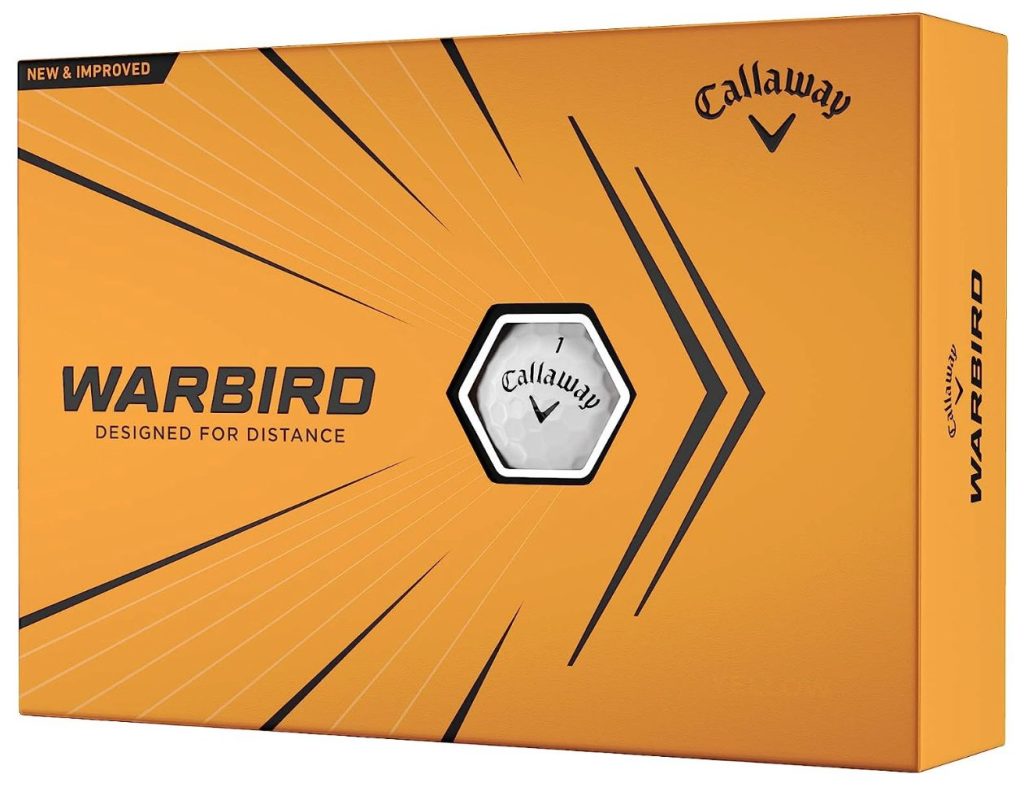
4. Bridgestone e6: The perfect ball for beginners and seniors alike, this ball is the ideal combination of distance and feel. Described as “butter soft” on the greens, the e6 also allows for faster compression off the tee, giving further distance. There’s a reason this has been Bridgestone’s top selling ball since 2005.
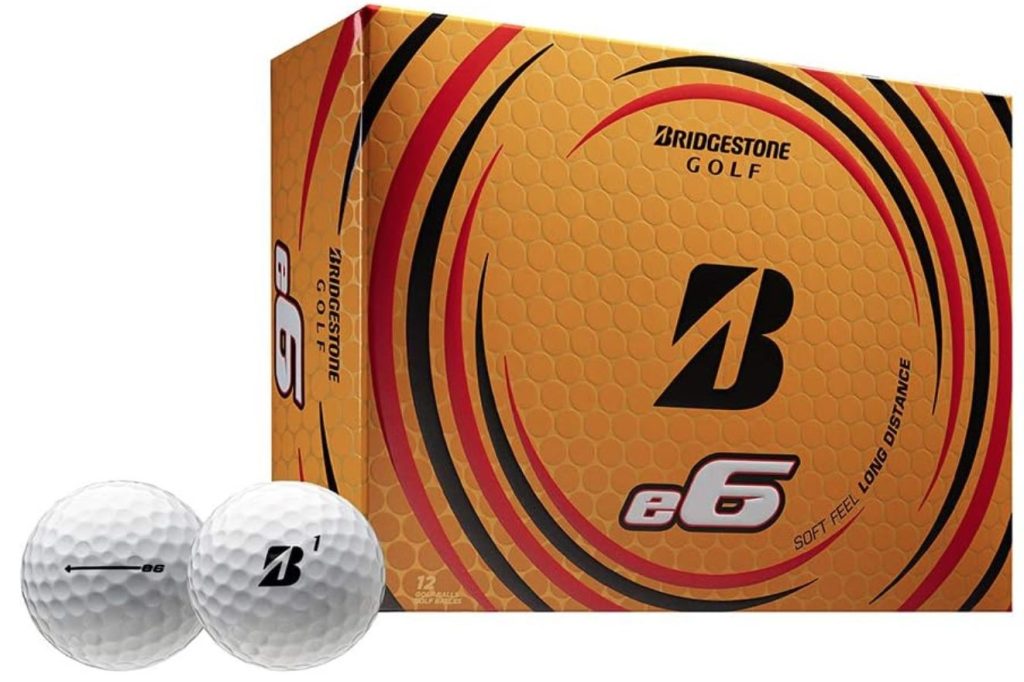
So what’s the takeaway? When looking for the best golf balls for beginners, remember not to get hung up on which golf ball to buy – no golf ball will make or break your golf game at this level. This list is a great starting point, now you just have to work on getting the basics of golf down and lowering that handicap!
